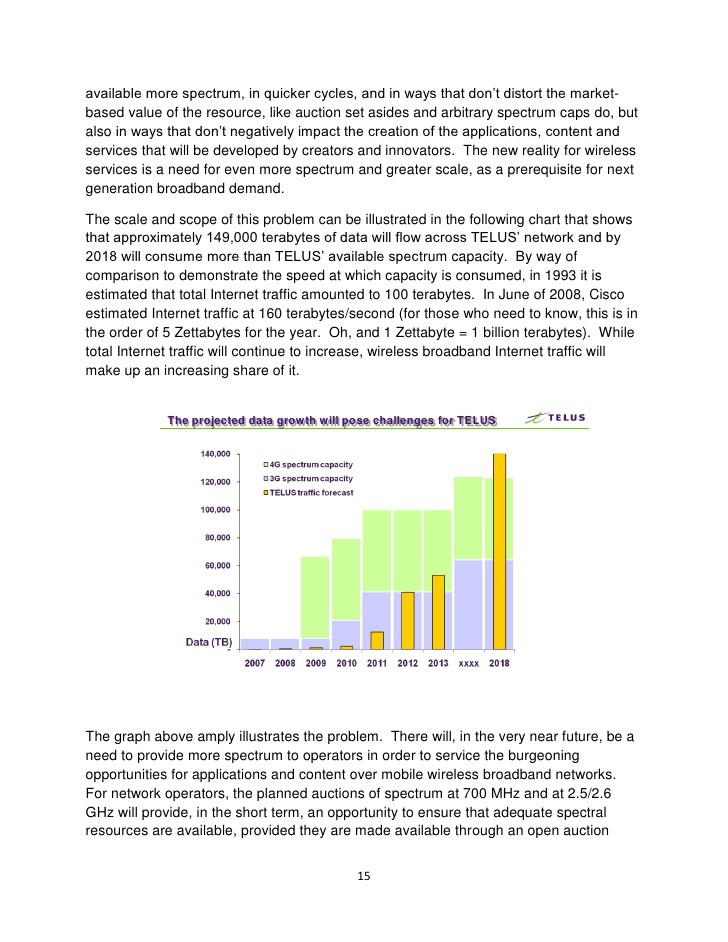LEAPS LEAP Strategies
Post on: 10 Июль, 2015 No Comment

LEAPS, or Long Term Equity AnticiPation Securities. are really no different than regular options with the exception of having a much longer expiration horizon.
Some of their specific characteristics:
- Expiration dates anywhere from 9 months to 2 1/2 years away.
- Always expire in January.
- Eventually converts from LEAPS status to that of regular option as they near the regular option cycle (all optionable stocks will have options expiring in the current month, the next month, and one month in each of the following two calendar quarters) — the only effect of this conversion to regular option is that the ticker symbol will change.
- Although a stock may have options expiring in three consecutive Januarys, technically, there will never be more than two LEAPS available on a stock at any given time.
- Not available on all optionable stocks.
Time and Time Decay
The primary feature of this class of options are, of course, their longer term time horizon. This can be an advantage in a long call (or long put ) trade. Yes, you’ll have to pay more, but you do have the luxury of having a lot more time for your trade to work out.
Conversely, for the same reason, these type of options are not suitable for trading strategies where the bet is on a sideways or range bound stock (such as long butterflies or iron condors ). There’s simply too much time for the stock to move beyond the range you’ve set for it.

Another signature feature is their relatively low rate of time decay. Compared to near term options, LEAPS retain much more of their value as each day passes. As they move closer to expiration, however, as with all calls and puts. the option’s theta. or daily time decay, increases.
LEAP Strategies
So what kind of strategies are there involving LEAPS other than buying a long call or put (which I don’t recommend, by the way — here’s why I don’t buy LEAPS by themselves )?
Here then is a partial list of possible strategies:
- Covered Call — the long term option is often used as a sort of proxy for owning the actual stock and then monthly calls are written against it. Technically, these are calendar or diagonal calendar spreads but the principle is pretty much the same. Option pro Terry Allen (whose Options White Paper I recommend) offers some very savvy insights and variations on this kind of strategy.
- Bull Call Spread — As I’ve described elsewhere, a bull call spread is like a long call with some of the risk removed. You’re essentially buying a call at one strike price and then selling another one at a higher strike price. (By the way, this is a vertical spread. a position where both options expire in the same month but at different strike prices.) Although the bull call spread definitely places a ceiling on your profit potential, it has the great benefit of, in effect, reducing the price you paid for the long call.
Most people who trade the bull call spread set it up for current or very near term options, but if you’re very confident that a stock will be trading no lower than its current price a year or two from now, you can employ what is essentially a LEAP Bull Call to set yourself up for some very nice, double-digit annualized returns.
It would be the same as setting up a regular bull call spread except that the options would be LEAPS rather than near term options.
The trade off is that you give up the opportunity for monster gains if the stock makes any truly significant advances during your holding period (but even there, you’ve got a silver lining — if the stock blasts ahead, you most likely will be able to close the trade early and pocket the bulk of your returns — that greatly improves your annualized rates of return and frees up your capital to find other opportunities).
The biggest drawback to the trade? This is an absolutely terrible choice if you happen to set it up at the beginning of a bear market or if a stock has already peaked.














